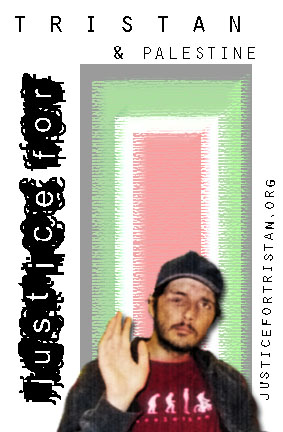Tag: Ni’lin
-
Tristan Anderson civil suit delayed as new evidence emerges
by Charlotte Silver 3 Demember 2011 | The Electronic Intifada “If he had been a Palestinian, he would have gone to the Ramallah hospital and died,” Gabby Silverman said firmly. Silverman was close enough to Tristan Anderson that she didn’t even have to shout for him to hear her when he was shot in the head…
-
Israeli forces enter Ni’lin with tear gas and ammunition
by Jenna Bereld 3 December 2011 | International Solidarity Movement, West Bank After Friday’s peaceful demonstration in Ni’lin on 2 December, the Israeli military occupation forces entered the village and started following some of the demonstrators. When they caught up, they started to fire rubber coated steel bullets and live ammunition. It’s nothing unusual that…
-
Proceedings in US national’s civil suit over West Bank injury to begin
13 November 2011 | Popular Struggle Coordination Committee UPDATE: The opening court date has been postponed from 17 November to 24 November 2011. Tristan Anderson, a US National, suffered a life-threatening injury after being shot in the head with a high velocity tear-gas projectile during an anti-Wall demonstration on March 13th, 2009. On 13 March 2009, Israeli Border Police officers shot US activist from California, Tristan Anderson, in the head with a high velocity tear-gas projectile during a demonstration in the West Bank Village of Ni’ilin. He was shot…

